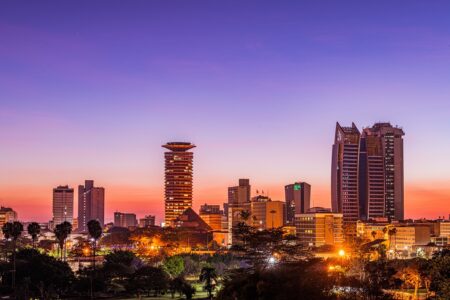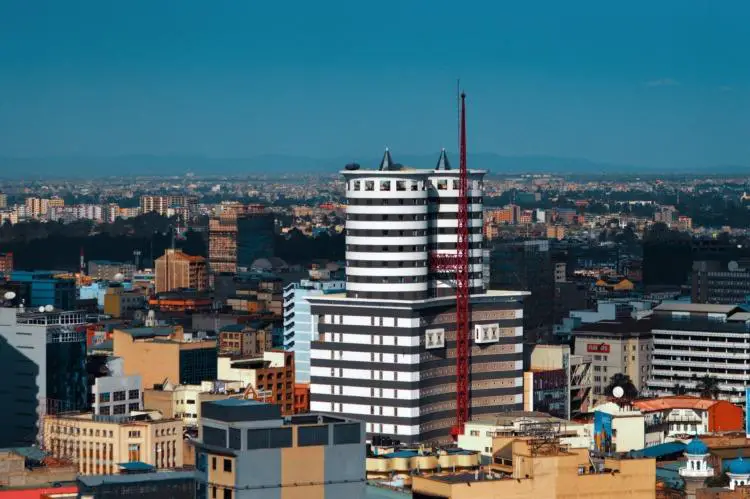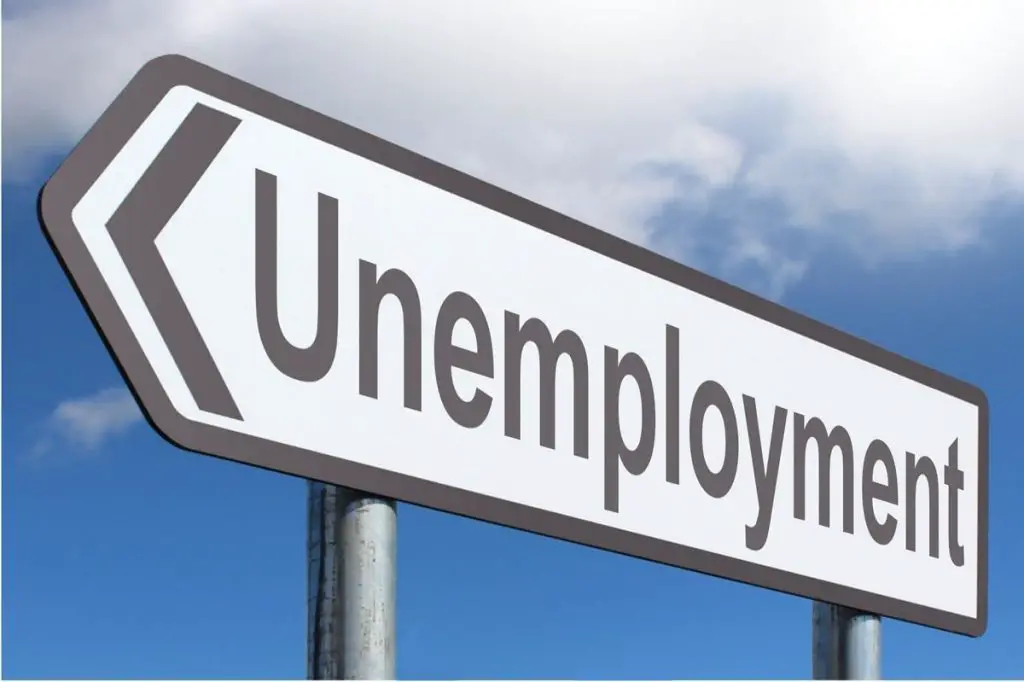- Africa’s new dawn: the rising role of digital and AI in agriculture
- Can Dangote Refinery Transform Africa Energy Ambition
- Gallup Survey: 80 per cent of Kenyan Workers Are Disengaged and Seek New Opportunities
- Madagascar Man Freed from 5KG Tumor After 15-Year Struggle
- How women in Africa are perceived and treated
- Sugar consumption in Kenya to Increase to 1.23 Million Tonnes
- Can Somalia and Turkey Oil deal Bring Change in Somaliland
- Remittances to Kenya dropped to $371.6 million in June, marking a six month low
Browsing: PMI
- Output and new orders increase slightly.
- Employment growth quickens amid improved outlook.
- Inflationary pressures remain at historic highs.
Business conditions in Kenya improved for the first time since January, the latest Purchasing Managers’ Index (PMI) indicates. August Stanbic Bank Kenya PMI pointed to a slight improvement in the health of the private sector for the first time in seven months, as output and new orders returned to expansion territory amid greater political stability.
Job creation accelerated and purchasing activity picked up, whilst firms grew more confident about their output prospects. That said, the improvement in business conditions was only mild, and continued to be weighed down by elevated price pressures.
Indeed, input prices continued to rise at an historically strong pace, leading to the fastest increase in selling charges since June 2022.
PMI readings above 50.0 signal an improvement in business conditions on the previous month, while readings below 50.0 …
- A survey by Stanbic Bank of Kenya revealed that Kenyan firms continued to report a drop in output levels at the end of the second quarter of 2022
- The rate of decline sped up for the third straight month and was sharp, shown by a further decrease in the seasonally adjusted Output Index to its lowest since April 2021
- The sector’s headline Purchasing Managers’ Index (PMI) fell to 46.8 from 48.2 in May, indicating a continued decline in business conditions and activities in the Kenyan economy
Kenyan firms continued to report a drop in output levels at the end of the second quarter of 2022.
A new survey by Stanbic Bank Kenya indicates that the rate of decline sped up for the third straight month and was sharp, shown by a further decrease in the seasonally adjusted Output Index to its lowest since April 2021.
Surveyed businesses said they were …
The index pointed to a solid improvement in the health of the private sector economy, helped by a recovery in business activity as Covid-19 cases continued to fall across the country.
New business levels at Kenyan companies rose sharply in February, as survey panellists commented on a rebound in customer demand and increased marketing efforts.
The rate of growth was the second-fastest since October 2020.
Export sales rose to a much greater extent than in January, but growth remained weaker than seen in the fourth quarter of last year.…
The index signalled a solid decline in operating conditions, albeit one that was slower than those seen in April 2021 and during the second quarter of 2020.
“Economic activity started 2022 on a subdued note as evidenced by the Stanbic PMI reading that fell to the lowest level in nine months. The reading was below 50 which indicated a deterioration in business conditions from December,” Kuria Kamau, Fixed Income and Currency Strategist at Stanbic Bank commented.
While export demand grew marginally, domestic demand fell significantly as client spending was negatively affected by rising inflation and a resurgence in Covid-19 due to the Omicron variant, he noted.…
Business activity in Kenya in November expanded at the fastest rate in 10 months following the lifting of the 10 pm to 4 am curfew.
This is according to a survey conducted by Stanbic Bank which reveals that domestic demand increased rapidly in response to the lifting of the curfew, with the main beneficiaries being firms in services, trade and construction.
As such, firms enjoyed a sharp increase in demand through the lifting of curfew measures.
The Purchasing Managers’ Index also noted that there was a solid and accelerated upturn in output levels across the Kenyan private sector economy in November.
Respondents of the survey said that the lifting of the national curfew had led to increased economic activity and customer demand.
However, some firms continued to report cash flow problems.
The survey also noted that the pace of output growth was the fastest seen since May, driven by expansions …
Many firms cited issues with money circulation in the economy which had a notable impact on activity levels.…










